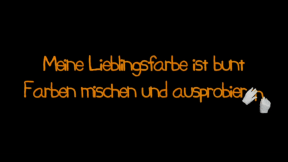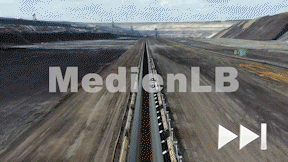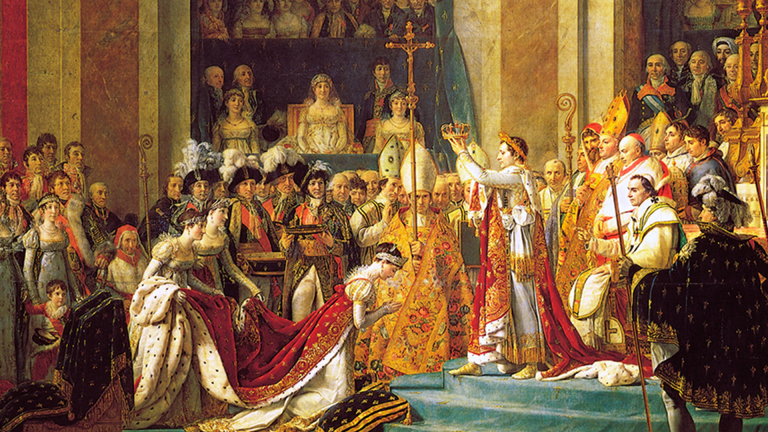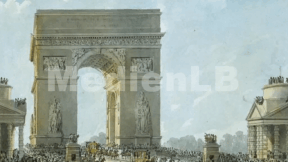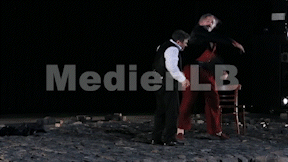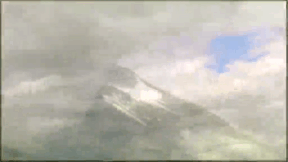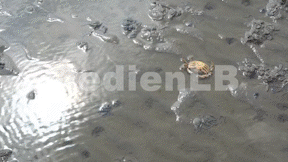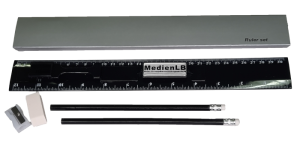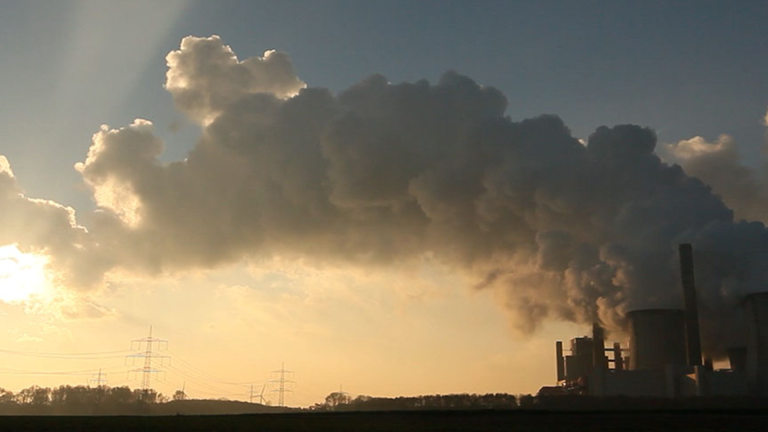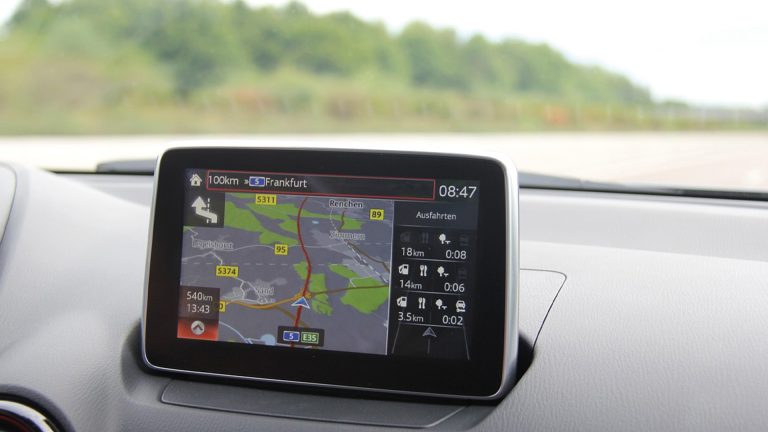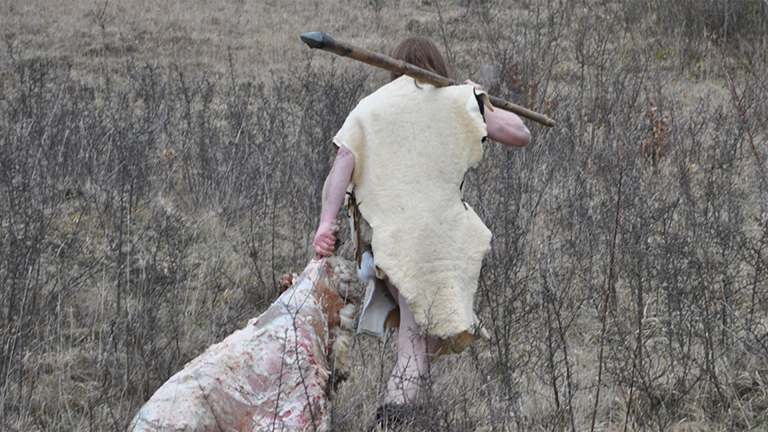Suche:
- # Artistry
- # Biology
- # Chemistry
- # Ecological
- # Economy
- # English
- # Foreign Language
- # Geography
- # German
- # Health
- # History
- # Informatik
- # Latin
- # Mathematics
- # Media Education
- # Music
- # Physics
- # Politics / Civics
- # Preschool
- # Primary School
- # Religion
- # Society
- # Sports
- # Technology
- # Training of Teachers
- # Vocational Education
Mute Swan
Swans are an ornament to our waters. The majestic birds with their snow-white plumage are considered the very epitome of beauty and purity. Not every swan, however, is white. It is the Mute Swan that has inspired people’s imagination for ages. Seemingly an old acquaintance, it has nevertheless a great many unknown features for us to discover.
Learn moreMy Body
All human beings in the whole world have the same physique. However, we differ from each other in sex, height and weight as well as in skin and hair colour. The way we move, too, is different with each individual person. This film shows the uniqueness of humans and the distinctiveness of each body. Touch is a basic need of humans – there are good and bad kinds of touch. We learn to say “No!” in the case of unpleasant touches to protect our bodies. Zur Lesekompetenzförderung kann, über das Menü ihres DVD Players oder der Abspielsoftware, der deutsche Untertitel eingeschaltet werden.
Learn moreMy Favourite Colour Is Multi-coloured
Paintbrush: ”Hello kids! I am Colori. Being a paintbrush, I love all those vivid colours: red, yellow, green, blue ... just all of them! Don't you like it colourful, too? Great! When I was painting, I thought that I'd like to know where all these fantastic colours we see come from. Why are meadows green? And why is a fire engine red? Why isn't a banana blue? And why is a rainbow always colourful? Would you like to know that, too? Great, then I'll tell you what I've found out!" Imagine for a moment that there were no colours. If nothing in this world had a colour, that would be quite boring and sad. No colourful flowers, no coloured butterflies, even your ice-cream on a sunny day would just be grey.
Learn moreNachhaltige Mode
Der Schulfilm „Nachhaltige Mode“ zeigt, wie Kleidung umweltfreundlich produziert werden kann und welche Auswirkungen Fast Fashion auf Mensch und Natur hat.
Learn moreNachwachsende Rohstoffe
Der global steigende Energieverbrauch stellt die Energiegewinnung vor große Herausforderungen.
Learn moreNathan the Wise
Nathan the Wise by Gotthold Ephraim Lessing is considered one of the most important dramas of German literary history still today, 235 years after its premiere in Berlin on April 17, 1783. The notion of tolerance of the Age of Enlightenment concerning the various religions in their relationships to each other actually is what makes the play topical still today.
Learn moreNationalpark
In the Hohe Tauern National Park you can experience with all your senses the peaceful coexistence of wild nature and human creativity, the diversity of nature as well as its significance as an ecosystem preserve in the heart of Europe. Pristine forests, species-rich mountain meadows and the alpine primeval landscape of the highest mountains in Austria quite naturally evoke a thirst for knowledge.
Learn moreNatur erleben
Die Naturwissenschaften gelangen zu ihren Ergebnissen durch präzise Beobachtung, durch fundierte Hypothesenbildung, deren experimentelle Überprüfung und Auswertung. Vermittelt werden die Ergebnisse in einem festgelegten Kanon der Darstellung, sei es durch Schaffung eines anschaulichen Modells oder einer detaillierten Zeichnung, sei es durch ein aussagekräftiges Diagramm.
Learn moreNatural Gas
It provides heat for radiators and for cooking, generates electricity and even drives cars: natural gas is an important energy resource – worldwide, and also here in Germany.
Learn moreNeanderthal Man
For 250,000 years the Neanderthal dominated Europe during the last glacial period until he died out about 30,000 years ago.
Learn more








